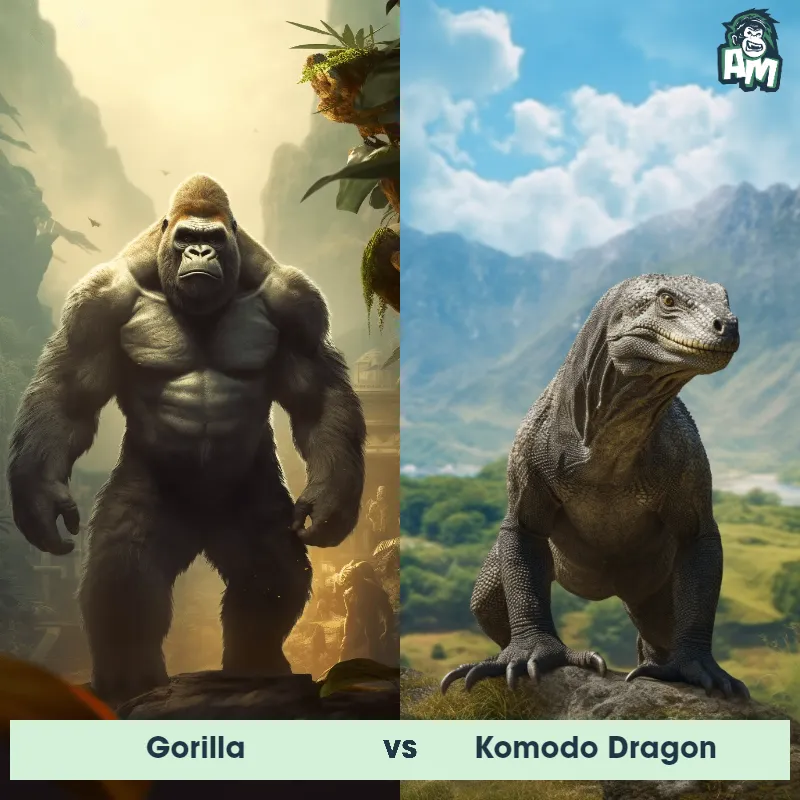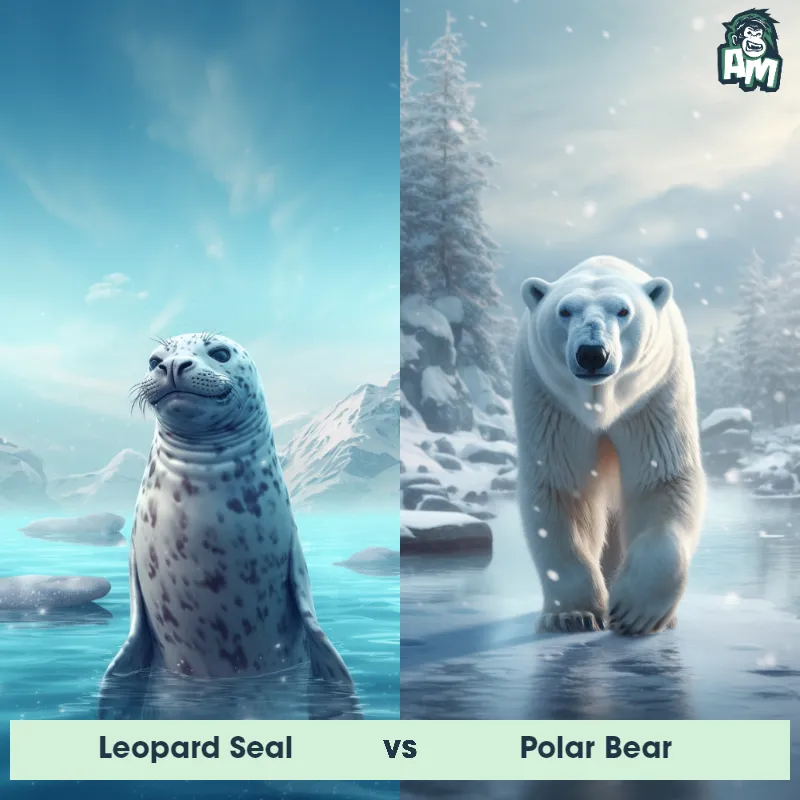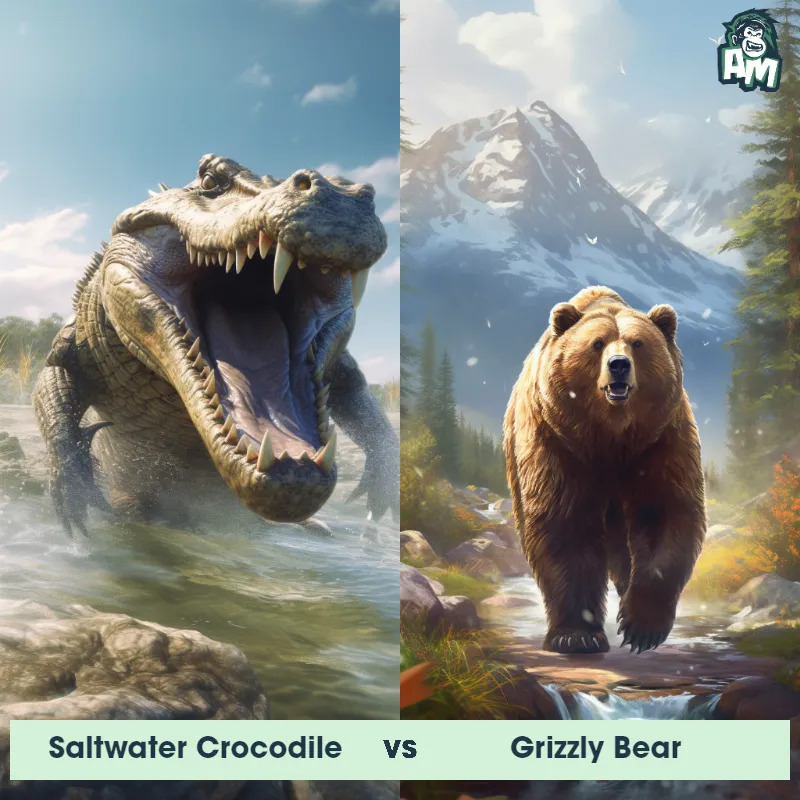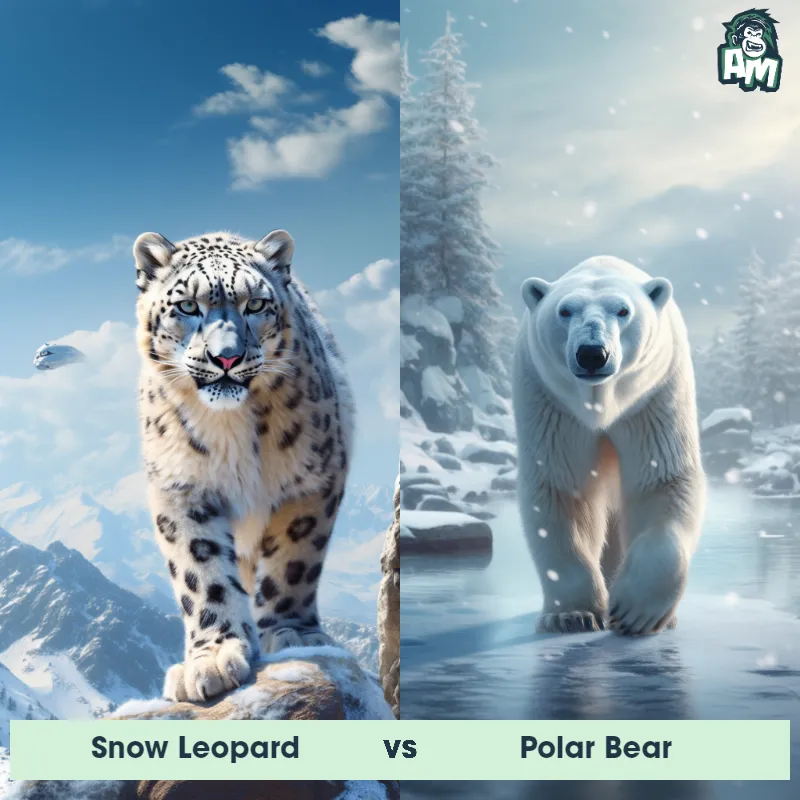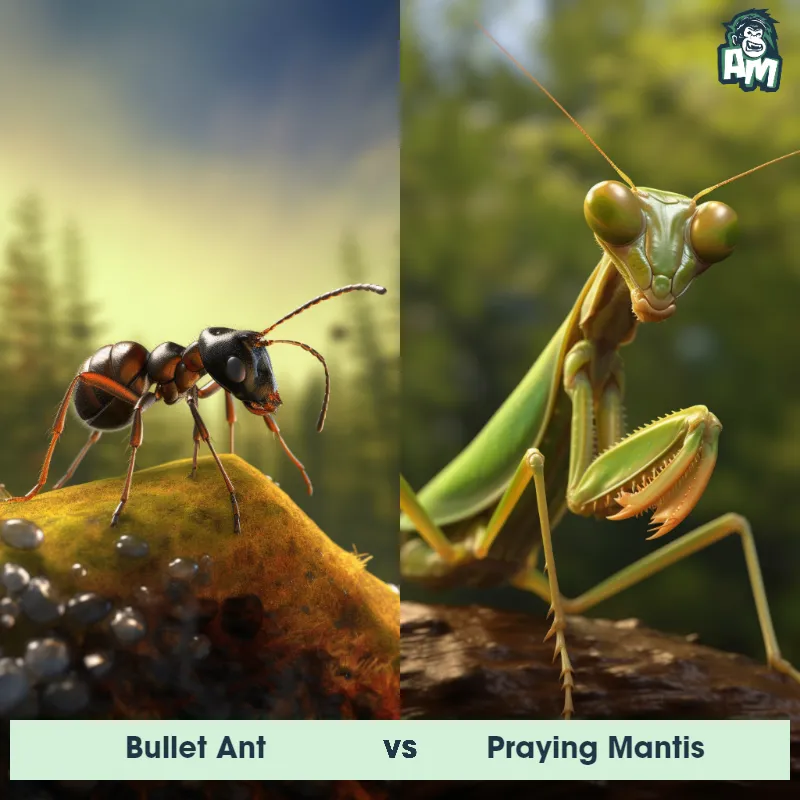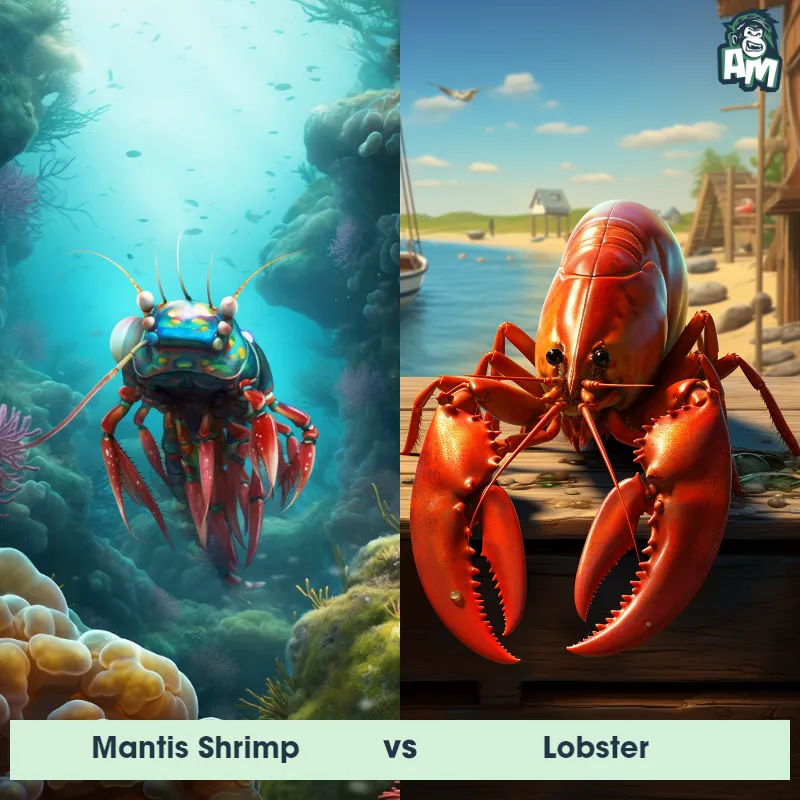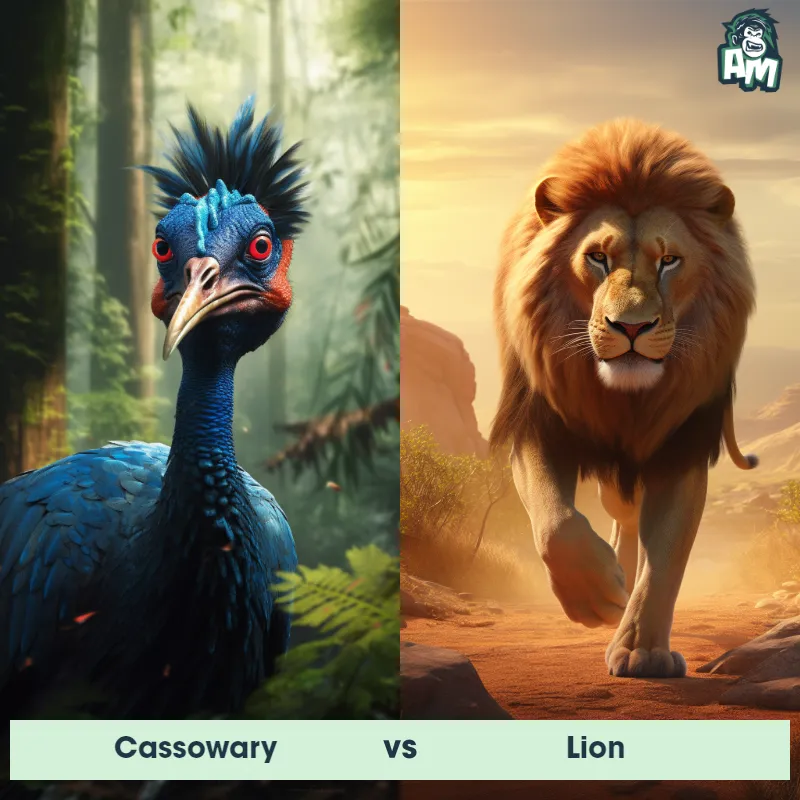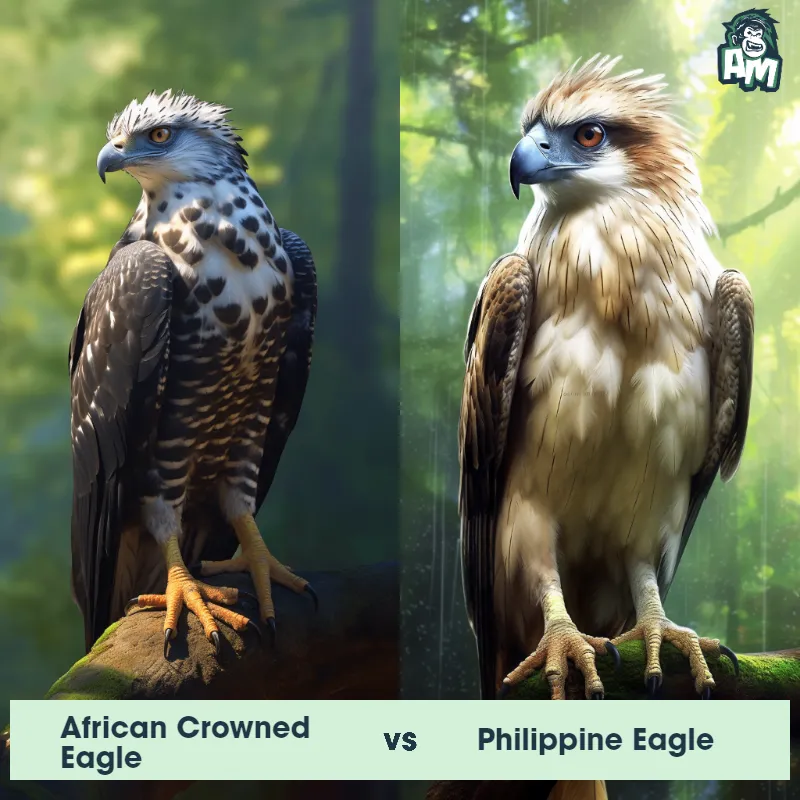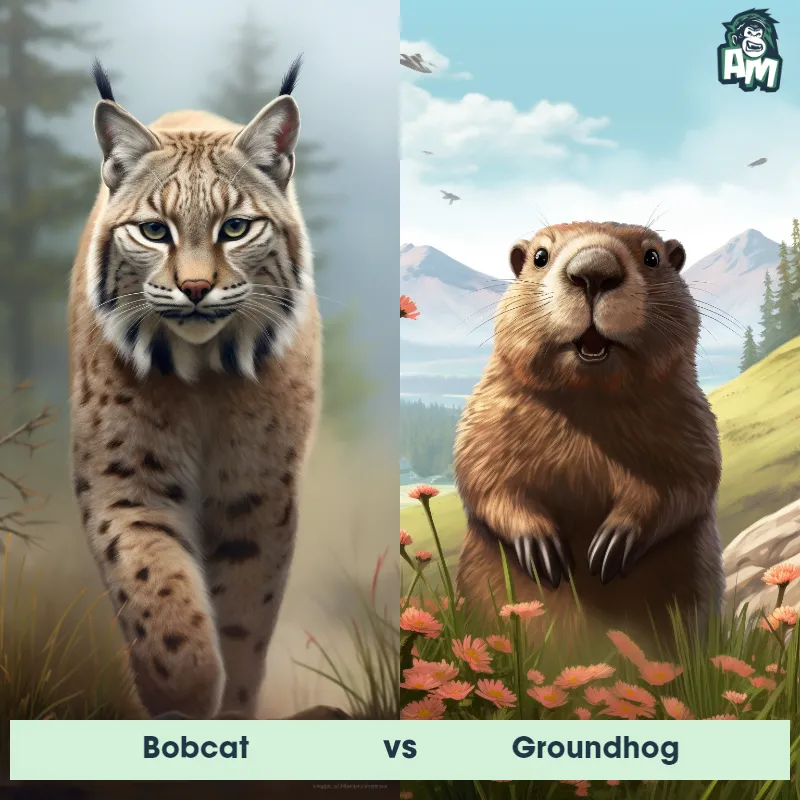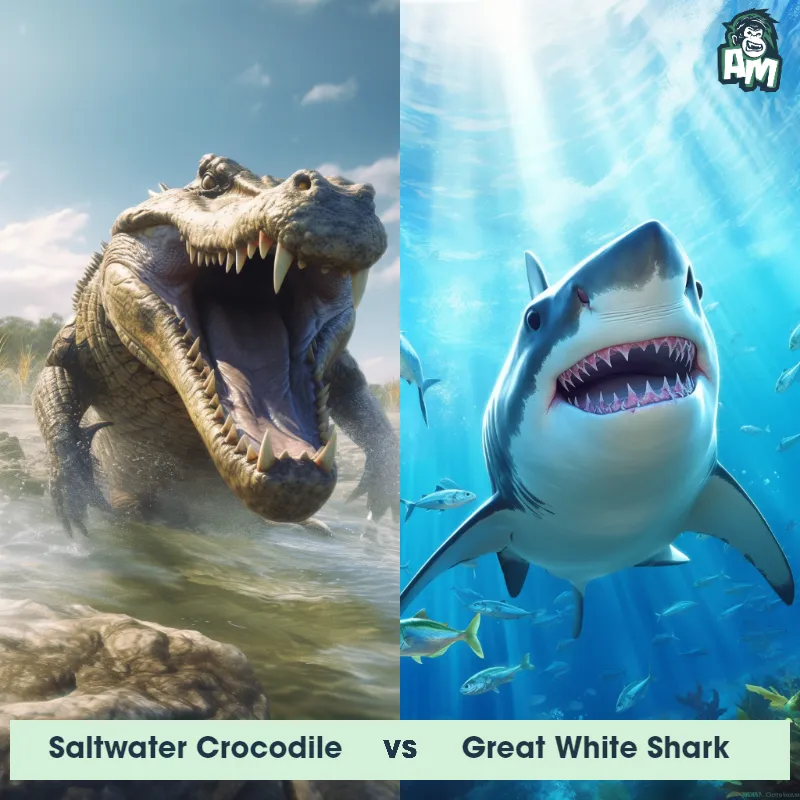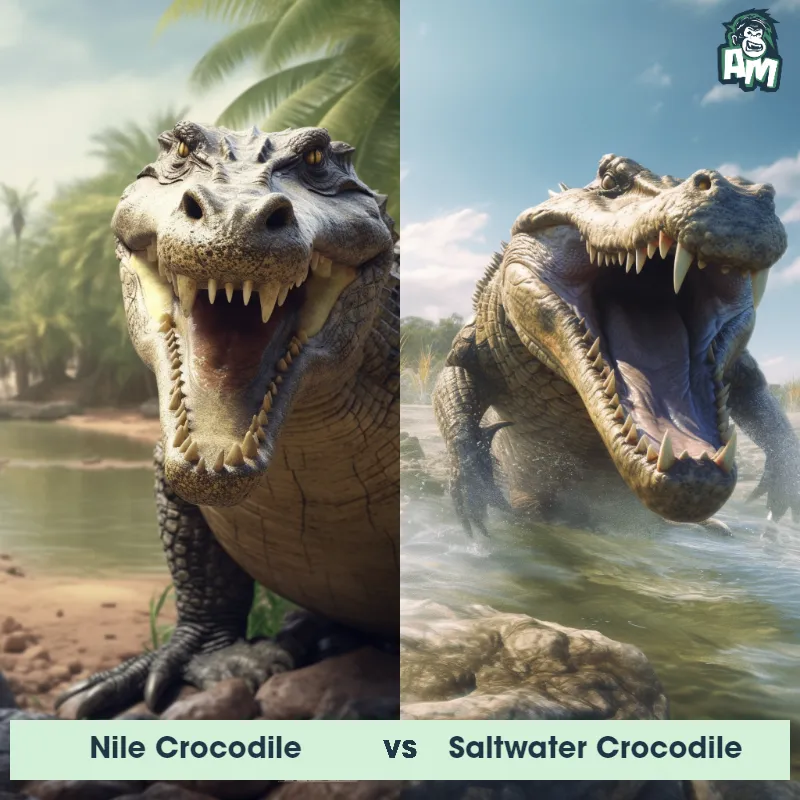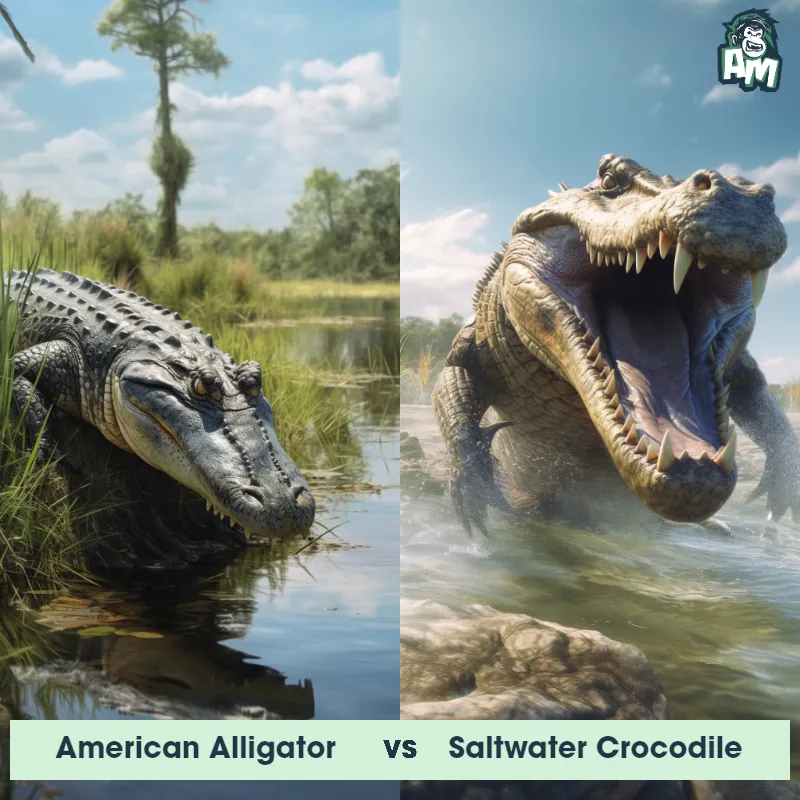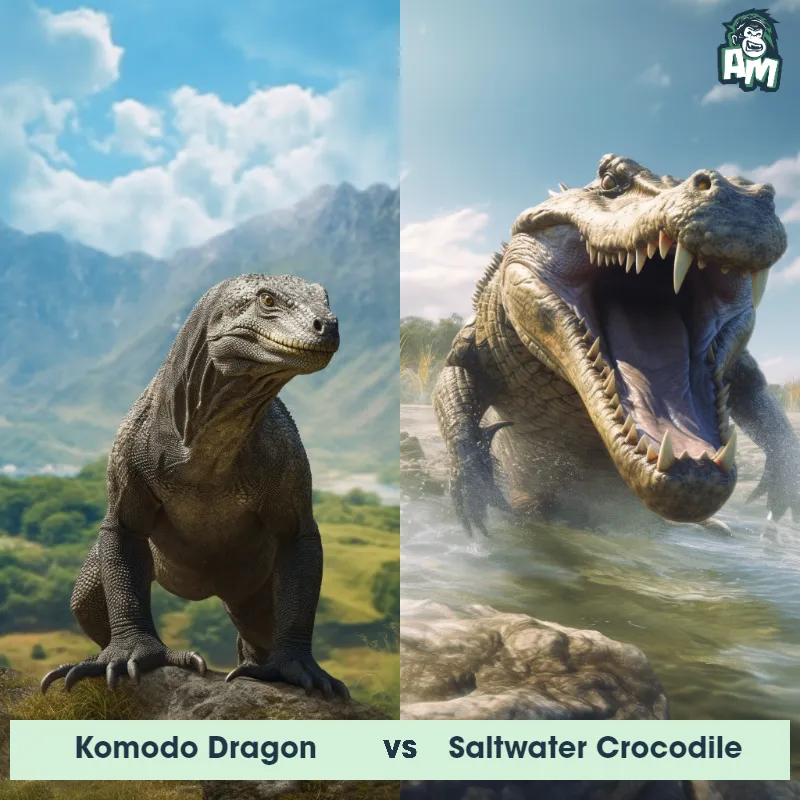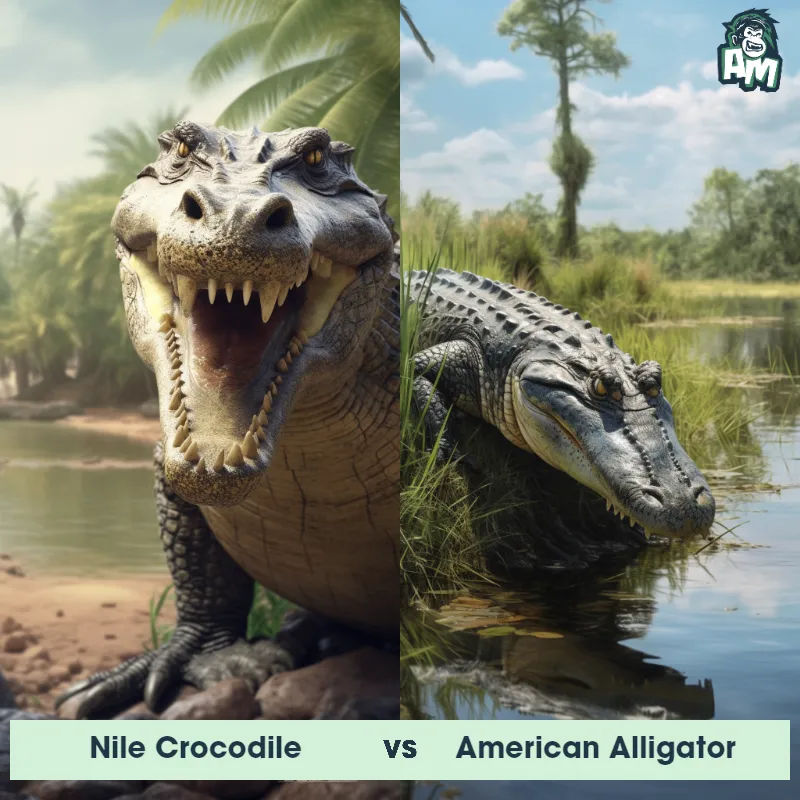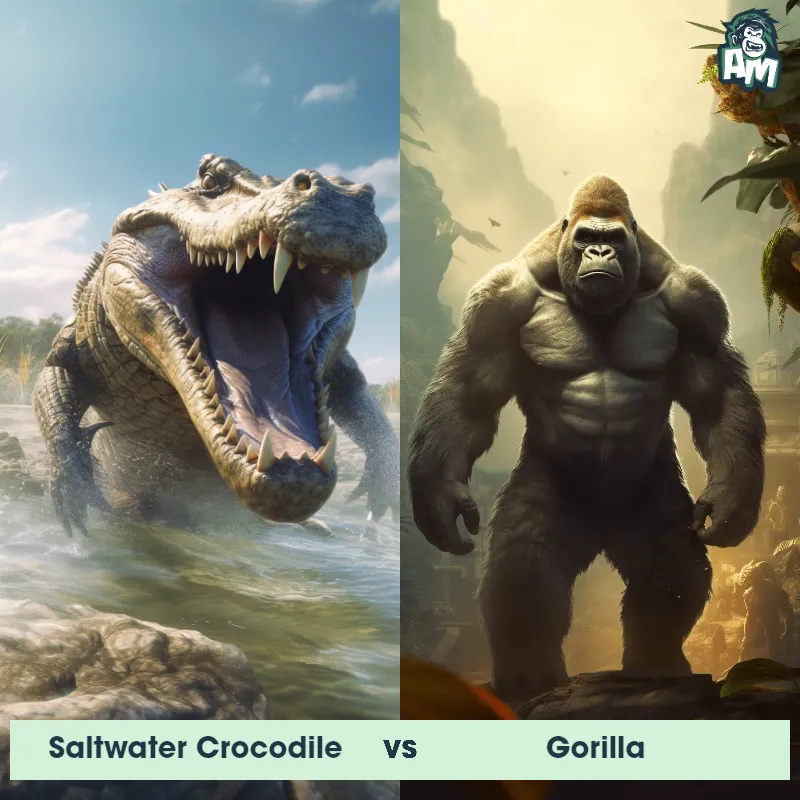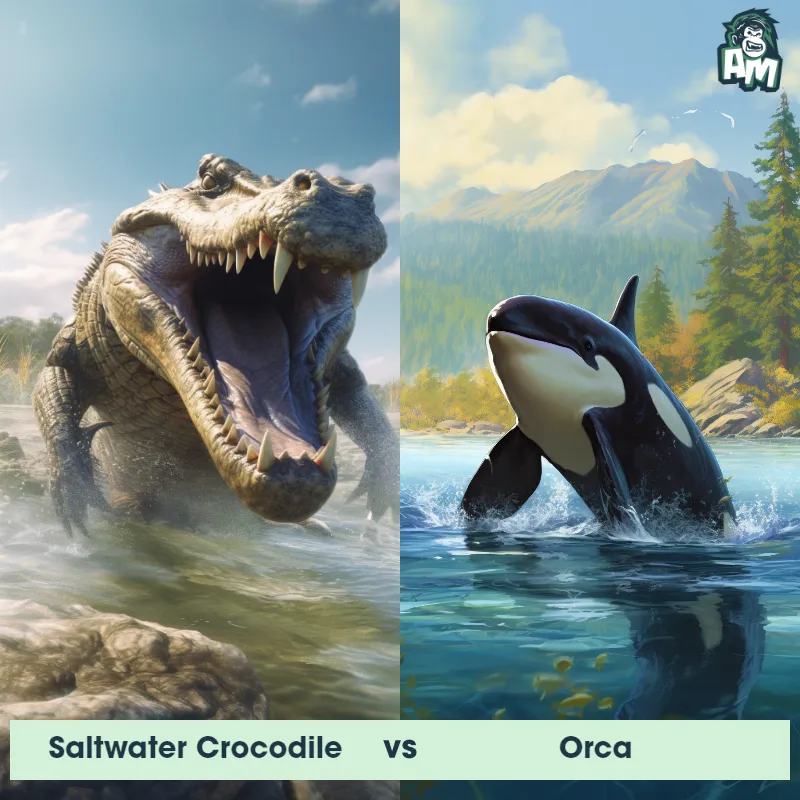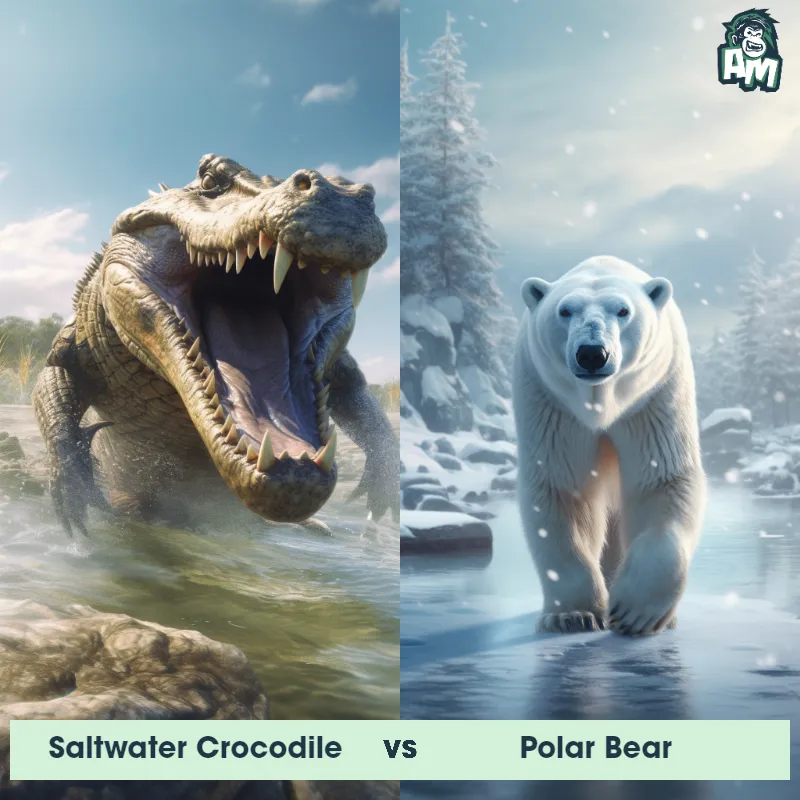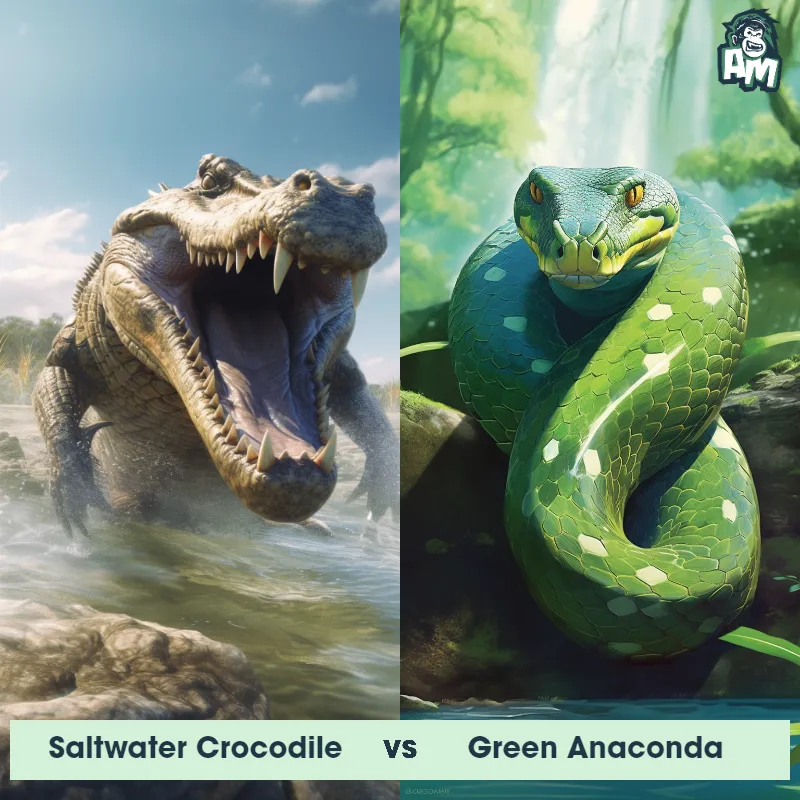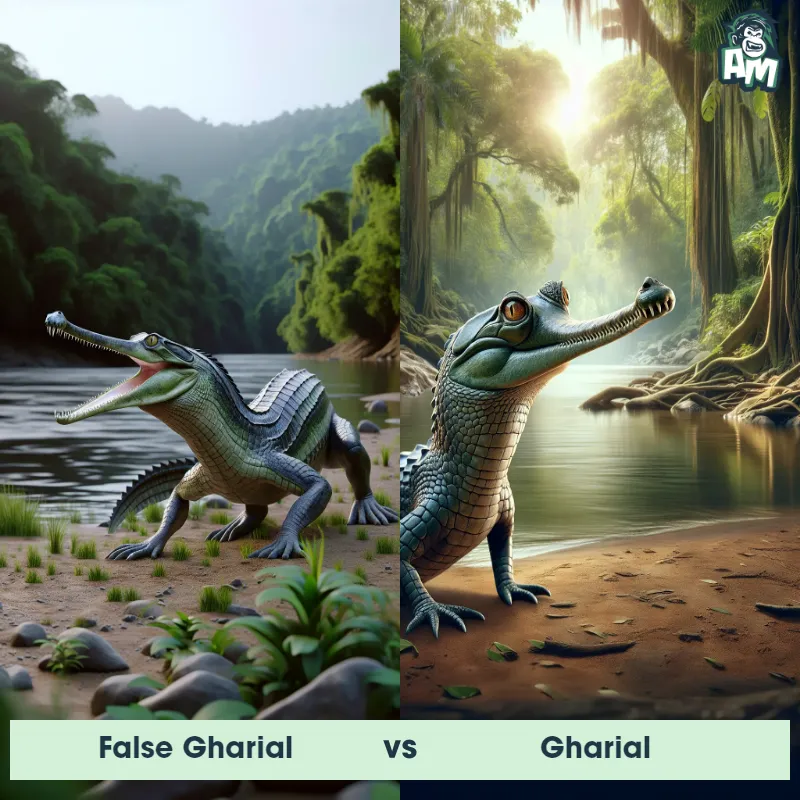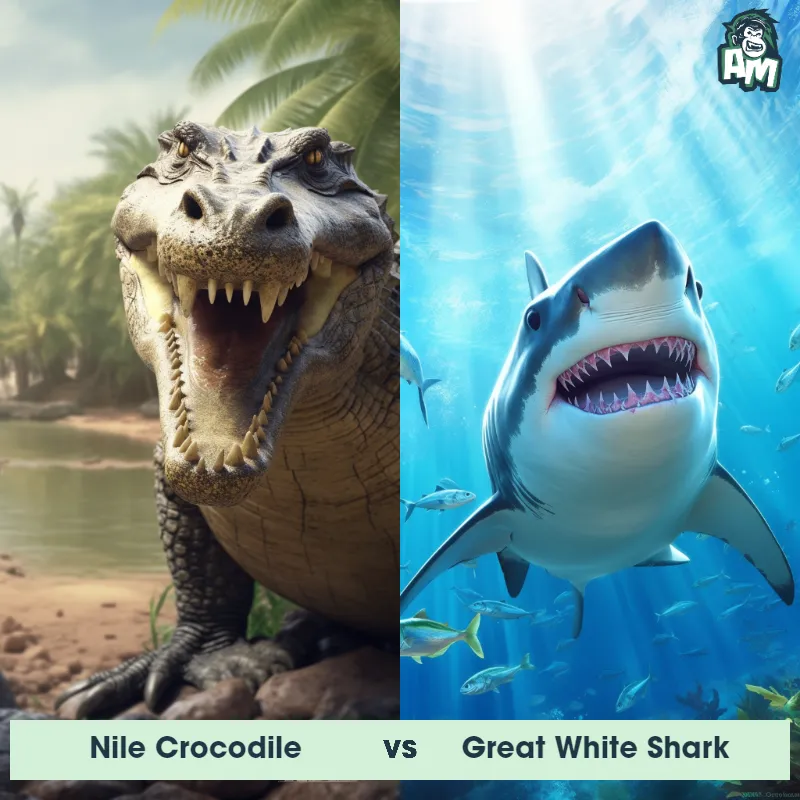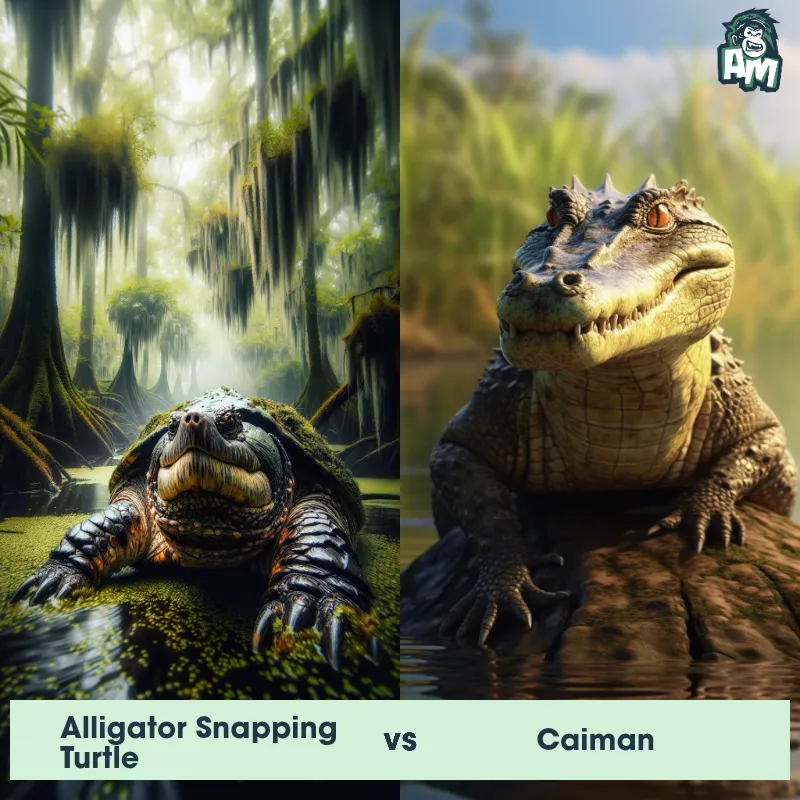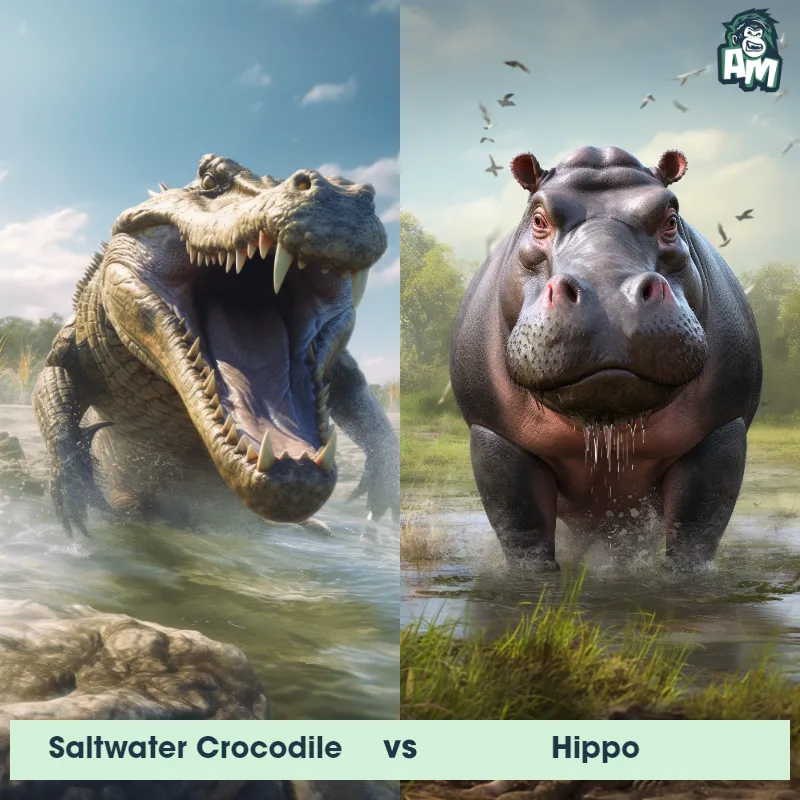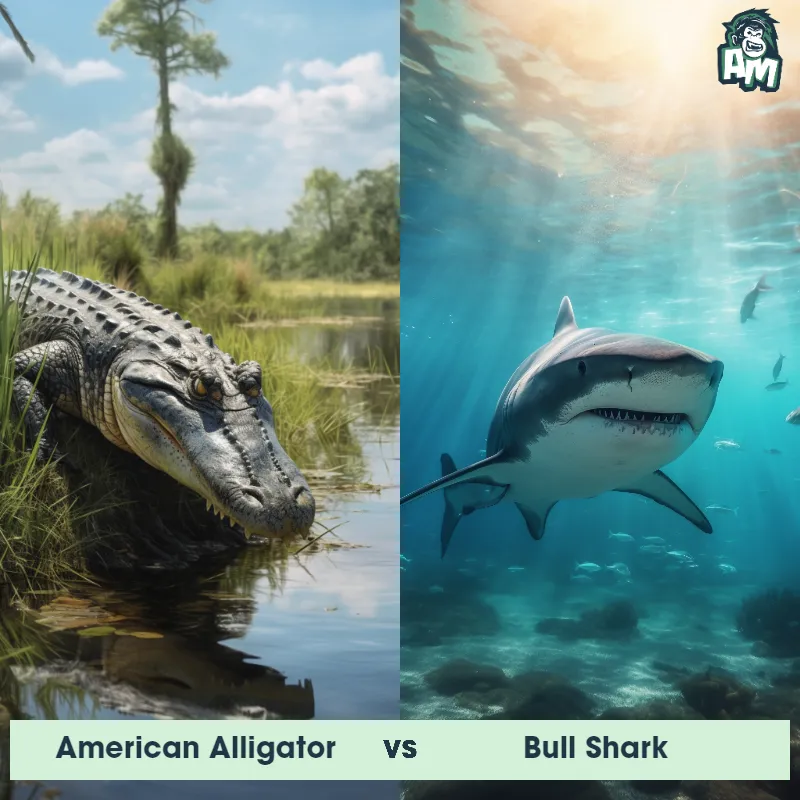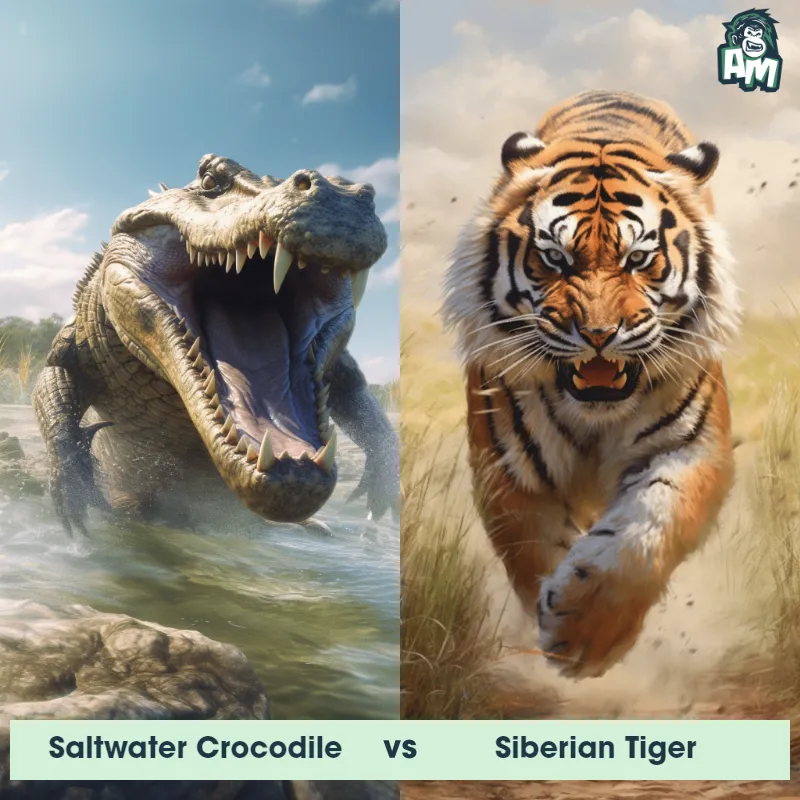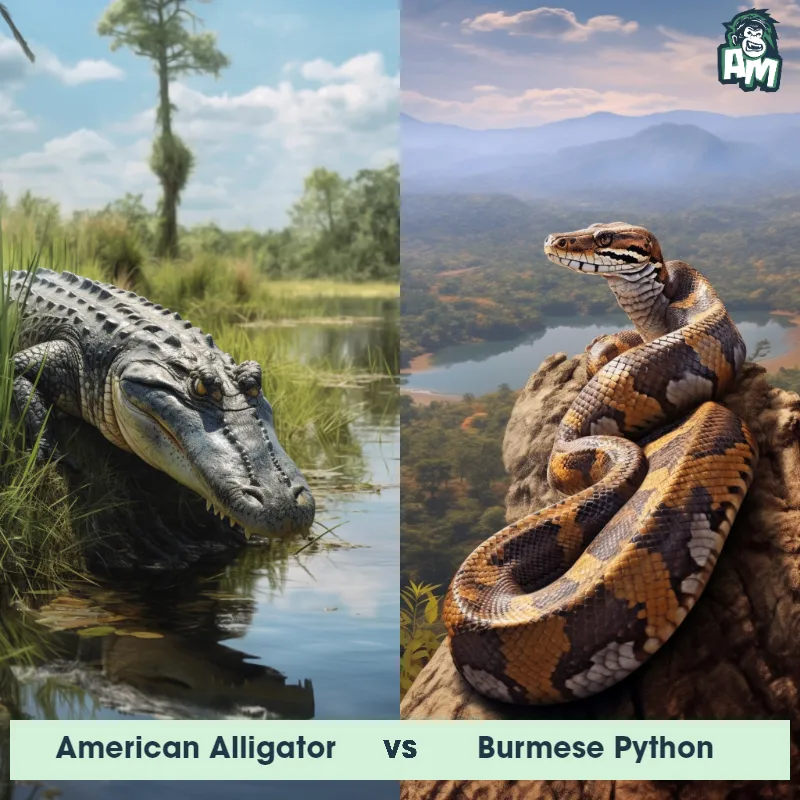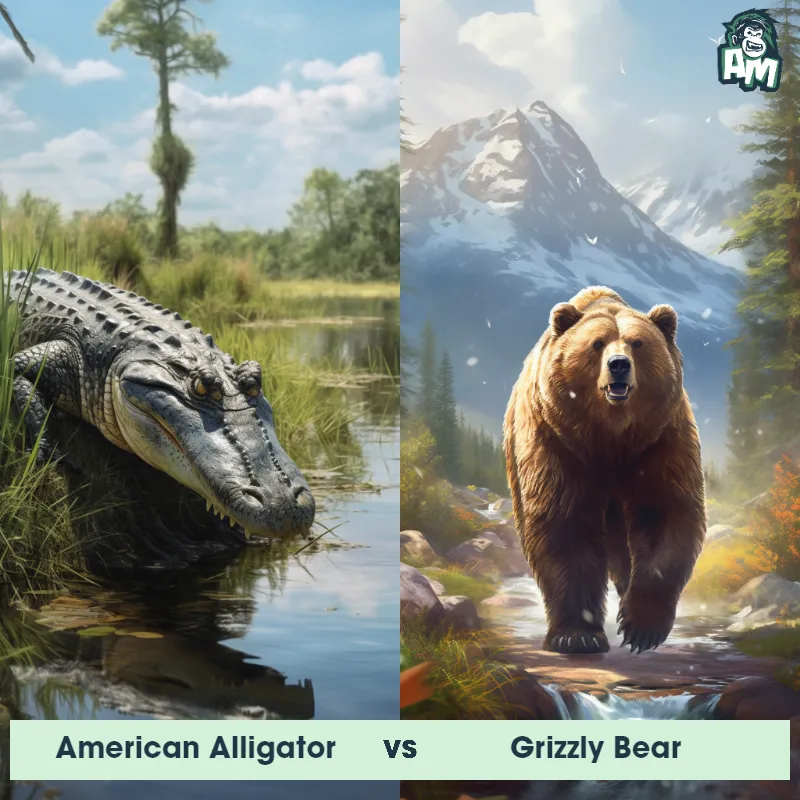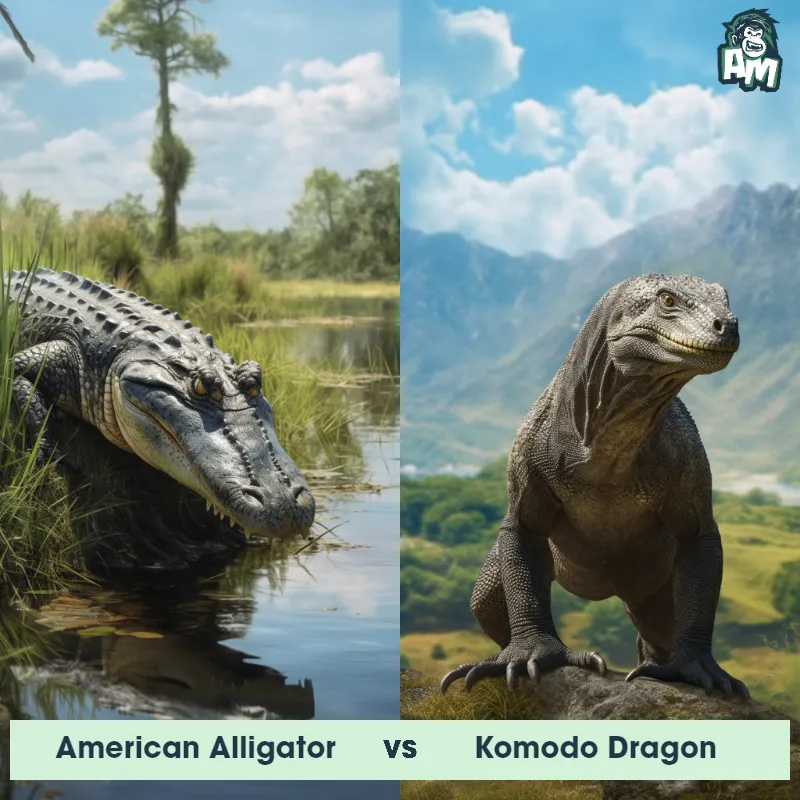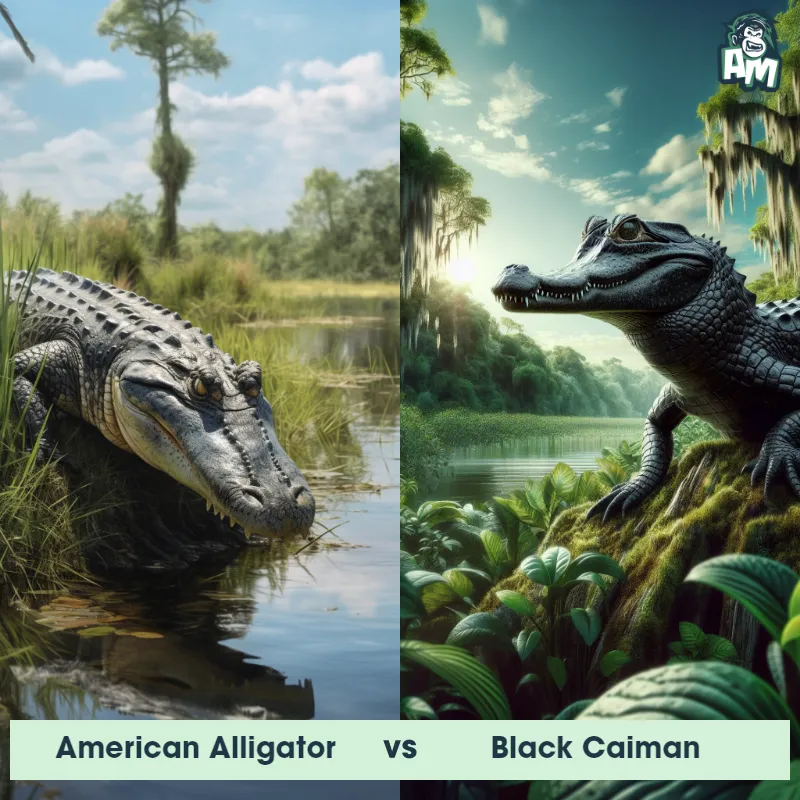Caiman vs Saltwater CrocodileSee Who Wins

Ladies and gentlemen, welcome to this thrilling matchup between the Caiman and the Saltwater Crocodile! We have two formidable reptilian predators ready to engage in battle here today. It's going to be an intense and wild contest as these two creatures square off in the ring. Let's not waste any time, folks, and dive right into the action!
Contender 1: Caiman
The Caiman, also known as the Spectacled Caiman, is a reptile species that belongs to the Alligatoridae family. They are found in Central and South America, and are known for their distinctive bony ridge between their eyes, which resembles spectacles. They have a broad snout, powerful jaws, and a muscular body covered in tough, scaly skin. Caimans are carnivorous and feed on fish, birds, and small mammals.
Fun Fact: Caimans are excellent swimmers and can hold their breath for up to 15 minutes underwater.
Contender 2: Saltwater Crocodile
The Saltwater Crocodile, also known as the estuarine crocodile, is the largest living reptile in the world, with males reaching up to 23 feet in length and weighing over a ton. They have a powerful jaw with over 60 teeth and are covered in tough, scaly skin that ranges from grayish-brown to black in color. They are found in the brackish and freshwater habitats of Southeast Asia and Northern Australia and are known for their aggressive behavior towards humans.
Fun Fact: Saltwater Crocodiles have the strongest bite force of any animal in the world, with a bite strength of up to 3,700 pounds per square inch, which is strong enough to crush a car.
Matchup Stats
| Caiman | Saltwater Crocodile | |
|---|---|---|
| Size | Up to 8 feet (2.4 meters) long | Up to 23 feet (7 meters) |
| Weight | Up to 1000 pounds (453.6 kilograms) | Over a ton (1,000 kg) |
| Speed | Speed: 30 mph (48 km/hr) | Land Speed: 11 mph (18 km/hr) |
| Key Strength | Powerful jaws and muscular body | Powerful jaw with 64-68 teeth and strongest bite force of any animal in the world |
| Biggest Weakness | Slow movement on land | Slow on land and vulnerable to attacks on the soft underbelly |
Current Votes
Caiman vs Saltwater Crocodile
See Who Wins
View More Matches
Looking For More?
Similar Matches
Scientific Stats
| Caiman | Saltwater Crocodile | |
|---|---|---|
| Scientific Name | Caiman crocodilus | Crocodylus porosus |
| Family | Alligatoridae | Crocodylidae |
| Habitat | Freshwater rivers, lakes, and swamps | Brackish and freshwater habitats |
| Geography | Central and South America | Southeast Asia and Northern Australia |
| Diet | Fish, birds, and small mammals | Carnivorous, preys on fish, birds, mammals, and other reptiles |
| Lifespan | 20 years - 40 years | 70 years - 100 years |
Key Differences between Caiman and Saltwater Crocodile
- Head Shape: The Saltwater Crocodile has a slender and elongated head with a narrower snout compared to the Caiman, which has a broader, more rounded head.
- Size: The Saltwater Crocodile, also known as the estuarine crocodile, is the largest living reptile and can reach lengths of up to 23 feet, whereas the Caiman is considerably smaller, with the largest species typically measuring around 8 to 15 feet long.
- Teeth: When the mouth is closed, the fourth tooth on the lower jaw of the Saltwater Crocodile is visible, as it protrudes outside the upper jaw, whereas in the Caiman, all the teeth fit snugly within the jaws.
- Habitat: Saltwater Crocodiles are primarily found in brackish or saltwater habitats, such as coastal regions, river mouths, and mangrove swamps, whereas Caimans are mostly found in freshwater habitats, such as rivers, lakes, and wetlands in Central and South America.
- Skin Texture: The Saltwater Crocodile has rough, bumpy skin, resembling an armored hide, while the Caiman has smoother skin with distinct bony plates, called osteoderms, embedded in it.
- Distribution: Saltwater Crocodiles have a much broader distribution, being found in eastern India, Southeast Asia, and northern Australia, while Caimans are limited to Central and South America, including countries like Brazil, Colombia, and Venezuela.




